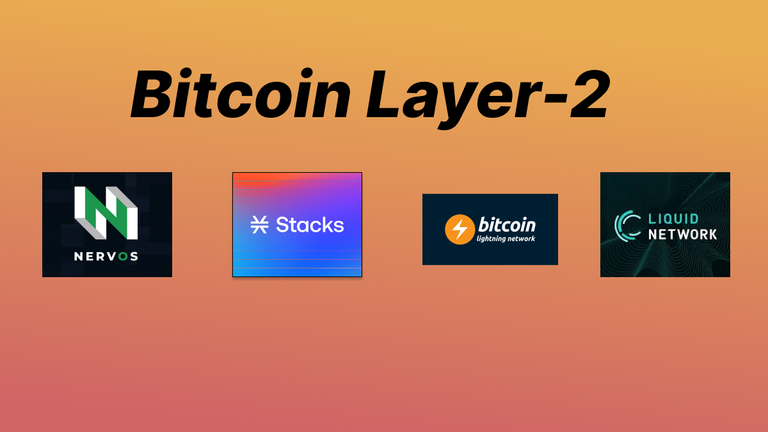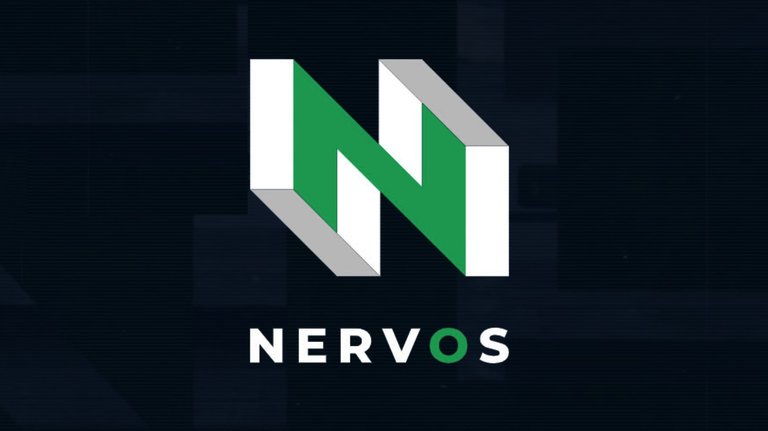Top 5 Bitcoin Layer-2 projects in 2024

Bitcoin Layer-2 projects are not just an attempt to scale the performance of the Bitcoin blockchain, but also an attempt to scale the utility of the Bitcoin network. Unlike the Ethereum blockchain which runs a programmable layer, the Bitcoin blockchain is stuck in its primary utility as a P2P payment solution. This in addition to its snail-speed efficiency makes it an archaic network. L2 projects are adopting different approaches to salvage the network and put its rigid security and decentralization facility into more use.
But what are Bitcoin Layer-2 networks?
What are Bitcoin Layer-2 networks?
Bitcoin Layer-2 attempts to run an execution environment away from the Bitcoin network while contracting the Bitcoin Network’s consensus for the final computation of the transactions. By running a separate execution environment, Bitcoin layer-2 networks are able to implement diverse technologies to improve performance and overall user experience while allowing the Bitcoin coin and Network to be used in advanced activities like Decentralized Finance (DeFi).
An overview of how Bitcoin Layer-2 projects work
The blockchain is a rigid system. Even new-generation blockchains inherit this rigidity. This means that making significant changes to a blockchain network involves rigorous work-throughs. Direct and simple modifications are hardly possible. Bitcoin in its normal state cannot be easily modified to add a programmable layer or improve its speed. To this effect, Bitcoin Layer-2 projects are approaching the network’s scalability in different ways.
However, the basic approach is the creation of a stable connection with the Bitcoin network. A connection that at least, allows assets to be moved between the networks. Other Layer-2 networks attempt to achieve even more extensive connections by adopting the Bitcoin network as a settlement layer for transactions. L2 projects like this run an execution environment only and use the Bitcoin consensus layer to verify these transactions and record them in an immutable network. This way, they enjoy security and decentralization close the that of the Bitcoin blockchain.
Bitcoin Layer-2 projects are growing in Headcount. However, a few of them stands out
Top Bitcoin Layer-2 projects in 2024
Nervos CKB Blockchain – Secure and Scalable Layer for Bitcoin Blockchain

Nervos is building a multi-layer programmable network for the Bitcoin blockchain. Nervos’ Bitcoin Layer-2, namely Common Knowledge Base (CKB) blockchain, hopes to connect the Bitcoin blockchain’s UTXO model with its Cell model to create a stable communication path for both networks and allow copies of transactions on each network to be transferable between them. CKB leverages, RGB++ protocol, an improvement of the RGB protocol focused on solving the bottlenecks of the latter. CKB will create a stable fusion with the Bitcoin network and its network using the Universal Isomeric Binding (UIB) algorithm proposed by Cipher Wang to map the UTXO assets on the Bitcoin blockchain to the Cells in the Nervos Common Knowledge Base (CKB). The Cell is itself an extension of Bitcoin’s UTXO model.
With its programmable layer, Nervos will create a 2-way peg with the Bitcoin blockchain, allowing efficient communication. On this layer, Nervos Network will build extra layers to allow properties like privacy and scalability, all these without contacting the Bitcoin blockchain in every instance. This allows it to achieve higher efficiency by eliminating hindrances from the consensus layer of the Bitcoin blockchain. CKB is built to advance every progress made in scaling the Bitcoin blockchain to date. It is dubbed Web5 as it creates a synergy between Web3 and Web2.
Stacks Network – Bitcoin sidechain powered by Proof of Transfer algorithm
Stacks Network is a Side chain for the Bitcoin Blockchain capable of running smart contract applications. It runs the Proof of Transfer (POX) consensus algorithm that enables it to lobby miners on the Bitcoin Blockchain to validate transactions performed on its network. This way, Stacks network taps from Bitcoin’s sufficient pool of miners and strengthens its network. Stacks also runs a peg-in and Peg-out protocol that enable Bitcoin holders to port their Bitcoin to the Stacks network. On Stacks network, holders are able to use their Bitcoin on decentralized applications. The Peg-in and Peg-out protocol uses smart contracts deployed on both networks to handle the lock and release on Bitcoin on the Bitcoin network and minting and burning of the Bitcoin token on the Stacks network.
Bitcoin Lightning network – State channel for enhanced P2P Bitcoin transactions

The Lightning Network is a state channel for the Bitcoin Network. It creates an offline portal for two parties to transact using Bitcoin. For every set of users using the Lightning network, a separate portal is created. Each party can deposit Bitcoin to this channel and run simultaneous transactions using the deposited Bitcoin. For each new transaction performed on the channel, a new state is created, overriding the previous state. At the end of the transaction, this channel is closed and the final state is sent to the Bitcoin blockchain for final validation.
By operating away from the Bitcoin blockchain, the Lightning network is able to achieve tremendous speed. The final state is sent to the Bitcoin Network as a single transaction; therefore, the users only pay a single transaction cost, regardless of how many transactions they performed in a single state channel.
Liquid Network – Bitcoin Sidechain powered the Liquid Federation
Liquid network claims to offer a faster layer for transacting with Bitcoin. Final settlement time on the network is only 2 minutes. This is significant improvement from Bitcoin network’s settlement time. Liquid network runs a 2-way peg facility that allows Bitcoin holders to bridge their bitcoin to the network. Bitcoin on the Liquid network is represented as L-BTC (Liquid BTC). Liquid Network doesn’t operate via a consensus system, rather, a constituted committee handles the approval of transactions on the network.
RGB – One-time Bitcoin contracts for lightning network
RGB is an acronym for ‘Really Good Bitcoin’. It is layer-3 protocol for the Bitcoin Network. RGB allows Bitcoin lightning network users to run programmable operations. In short, it is a programmable layer for the Bitcoin lightning network. Using RGB, users can write smart contracts to handle automated payments and other activities. The RGB protocol can operate without a token, however, it can be used for tokenization projects. RGB’s operations are off the Bitcoin network, just like the lightning network, it allows users to transact with improved speed and pay little or no fees for their transactions.
A few bottlenecks of RGB include, complicated transaction sequence and the need to memorize seed phrases and transaction history to successfully store RGB assets. RGB++, an improvement of the RGB protocol will eliminate the client side verification process and uses the Nervos CKB blockchain to run 2-way validation and enable users to transact between Bitcoin and the Nervos CKB blockchain without using bridges.
Closing Thoughts
Bitcoin and the Bitcoin Blockchain are both used. A cryptocurrency, Bitcoin, in its pure form, is limited to two-way transactions between users on the network. As the most secure and decentralized blockchain network, Bitcoin’s consensus system is relegated to validating these P2P transactions. Bitcoin Layer-2 projects are changing this. Thanks to Bitcoin Layer-2 to projects like Nervos and Stacks, Bitcoin can be used in more sectors while projects like Lightning network enable users to transact faster with Bitcoin. Even more exciting is the Nervos network’s approach to scaling the Bitcoin network. A programmable layer and a united transaction model could just be the ingredients the Bitcoin blockchain needs for its next evolution. As these projects evolve, we could see even more efficient ways to scale the Bitcoin blockchain
Posted Using InLeo Alpha